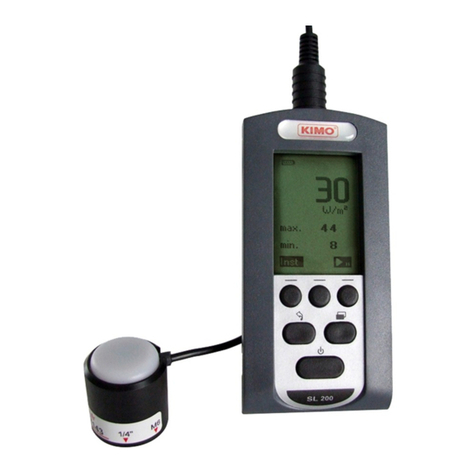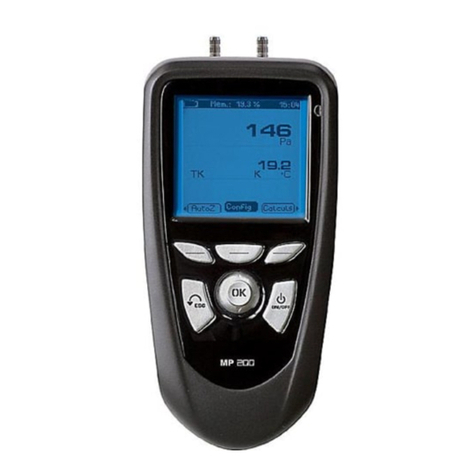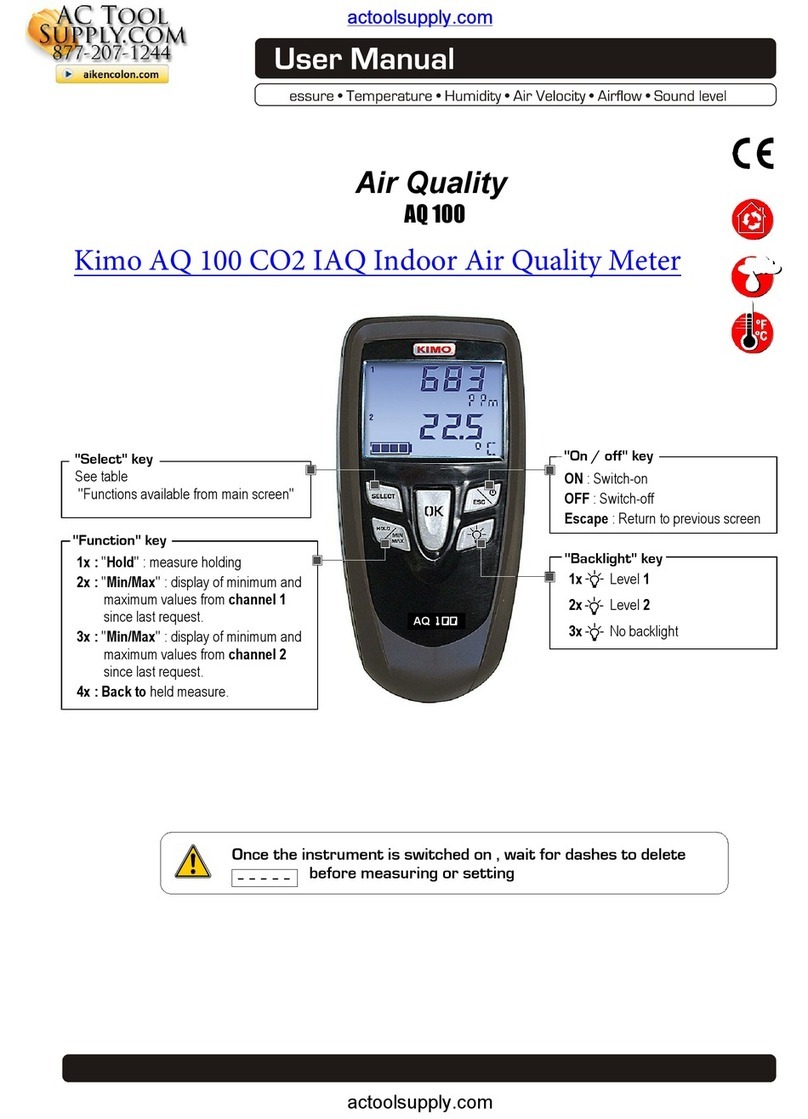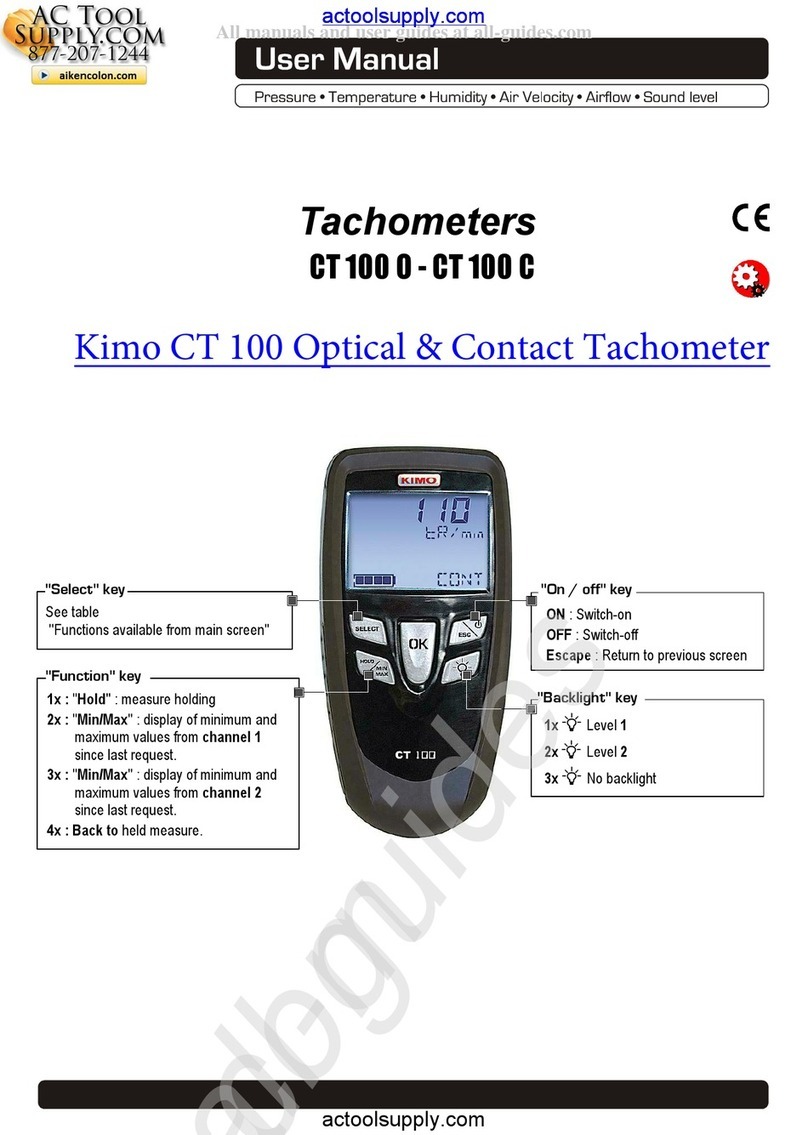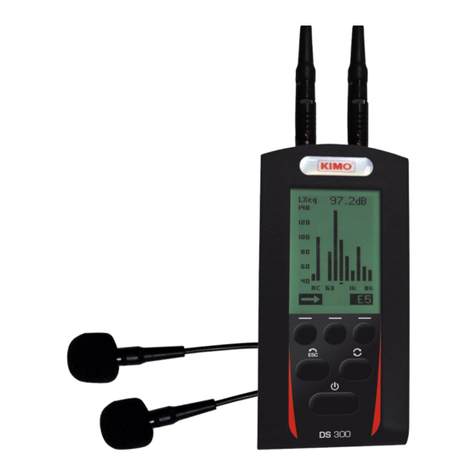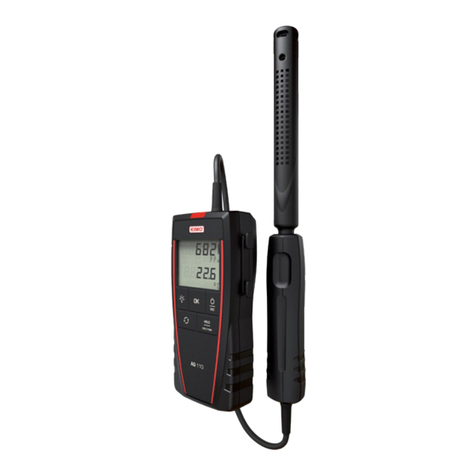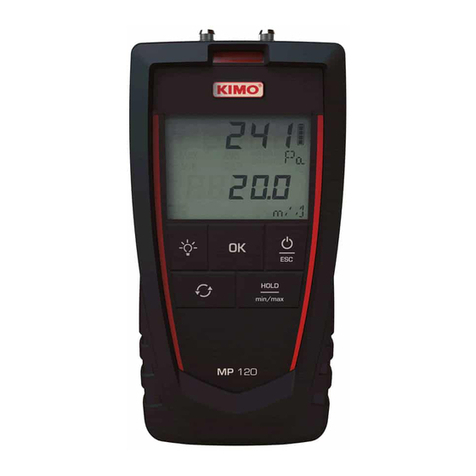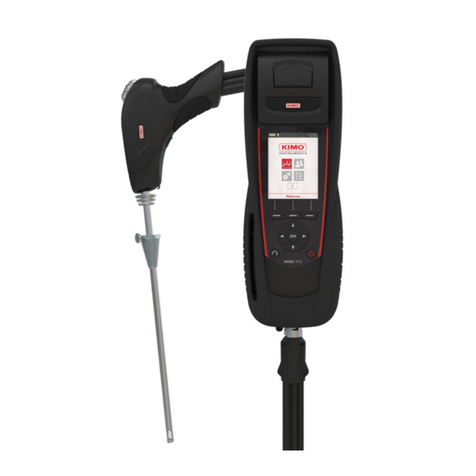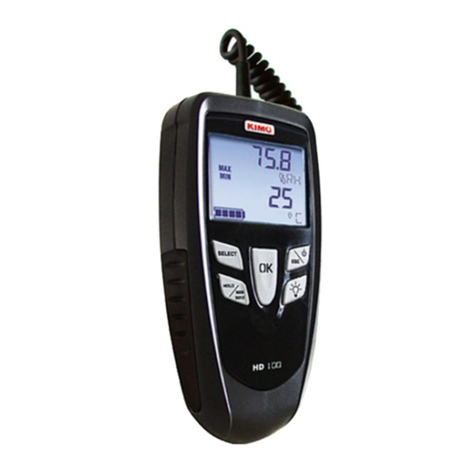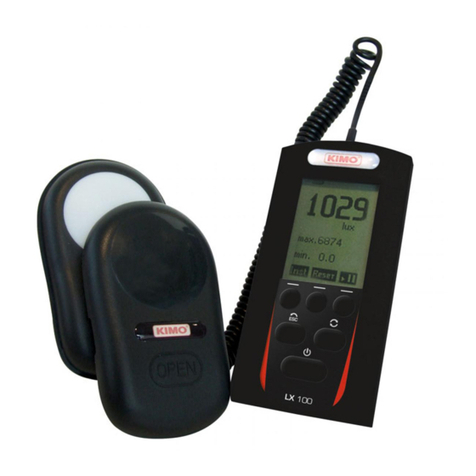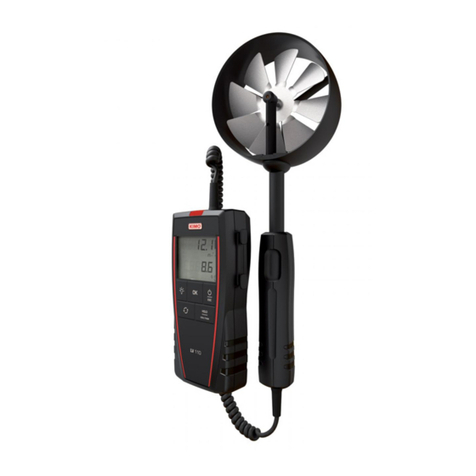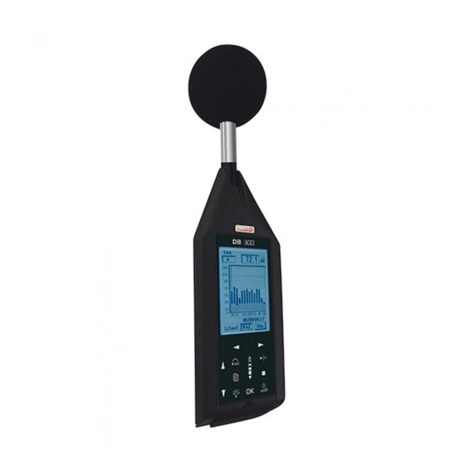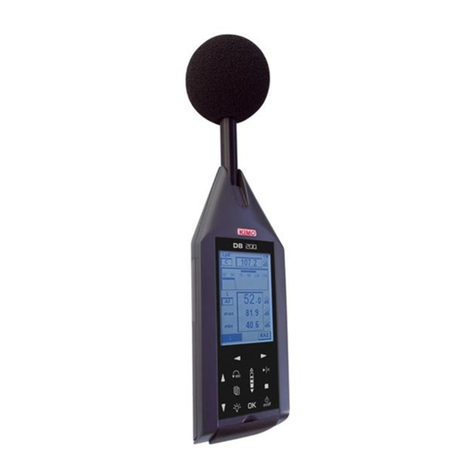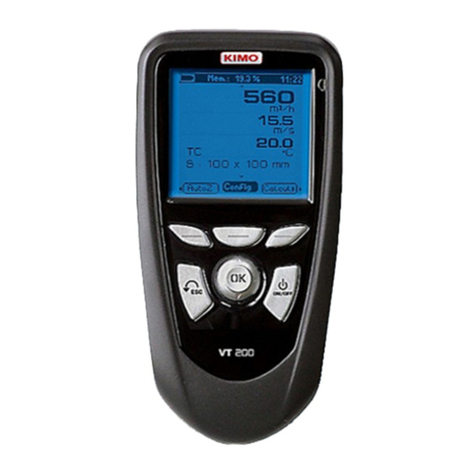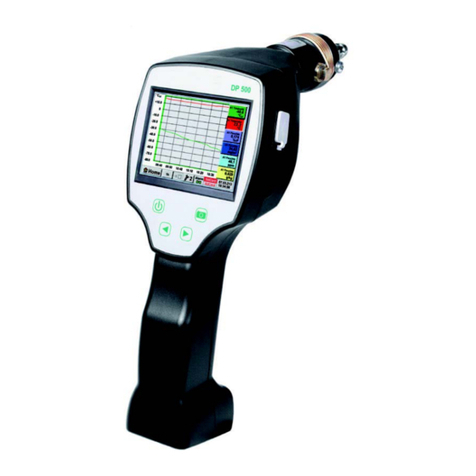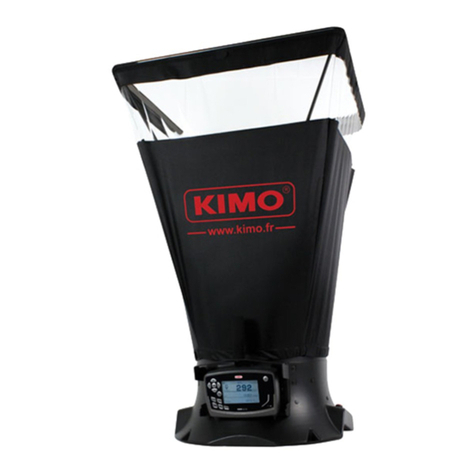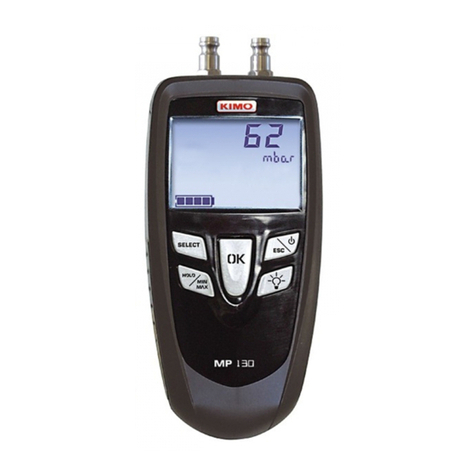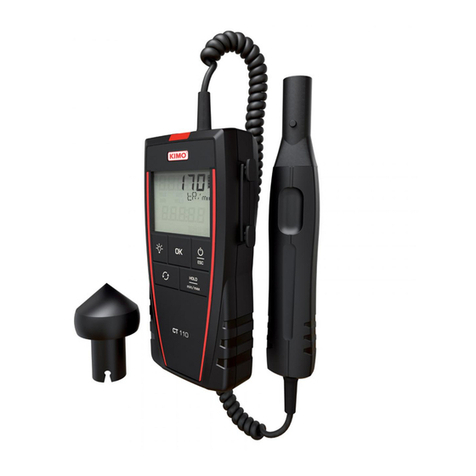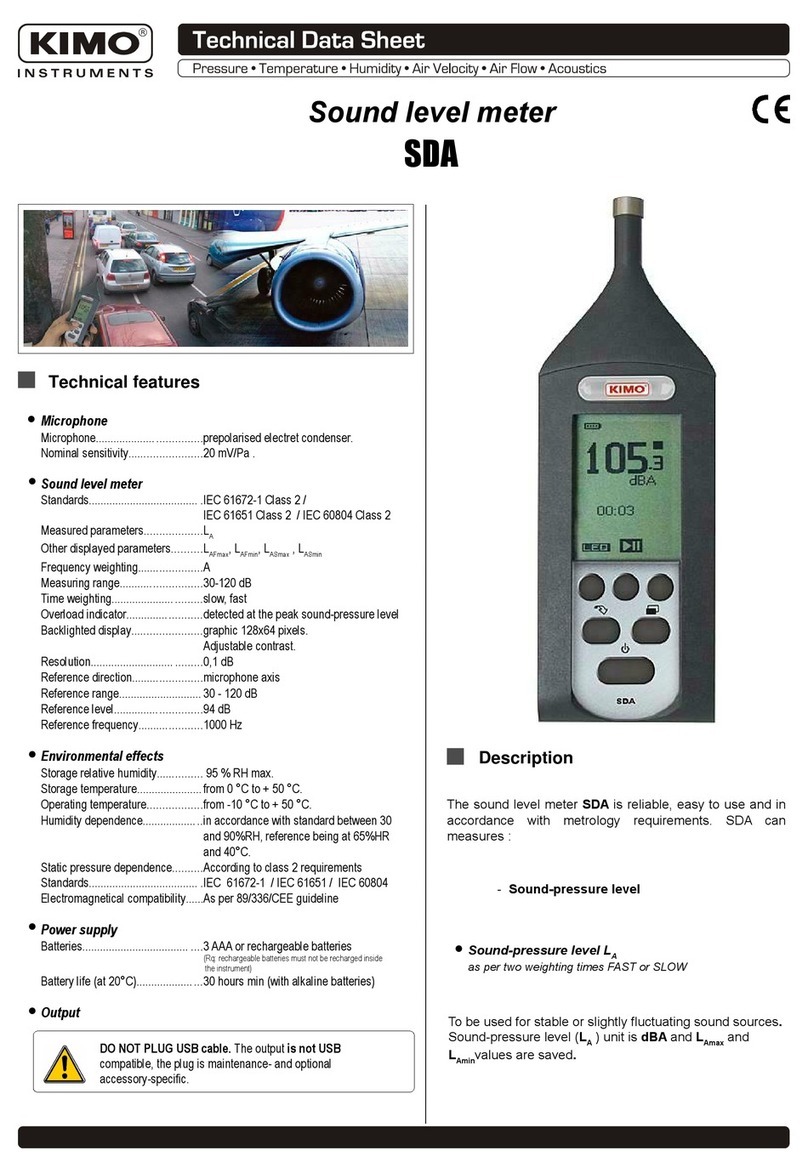Table of contents
1. Introduction..........................................................................................................................................6
2. Generality............................................................................................................................................7
2.1. Regulation....................................................................................................................................7
2.2. Labour law....................................................................................................................................7
2.3. Measurement...............................................................................................................................7
2.4. Noise e posure – E posure points..............................................................................................7
3. Vocabulary...........................................................................................................................................8
4. Operation principle..............................................................................................................................9
4.1. Keypad presentation....................................................................................................................9
4.2. Screens presentation...................................................................................................................9
5. Settings.............................................................................................................................................10
5.1. Brightness / backlight.................................................................................................................10
5.2. Measurement programming.......................................................................................................10
5.3. Reading......................................................................................................................................11
5.4. PC...............................................................................................................................................11
5.5. Configuration..............................................................................................................................11
5.6. Autonomy...................................................................................................................................11
5.7. Instrument..................................................................................................................................11
5.8. About..........................................................................................................................................11
6. Calibrate the instrument....................................................................................................................12
6.1. Perform the calibration...............................................................................................................12
6.2. Modify the reference value........................................................................................................12
7. Conventional sound level meter........................................................................................................13
7.1. Set the instrument before the measurement.............................................................................13
7.2. Perform a measurement............................................................................................................13
8. Noise dosimeter-integrator-averager................................................................................................14
8.1. Measurement in progress: audio recording on threshold..........................................................14
8.1.1. Temporal synoptic...............................................................................................................15
8.1.2. Synoptic of the management of the recording dynamic.....................................................16
8.1.3. Use of audio recording.......................................................................................................16
8.2. Launch the measurement..........................................................................................................18
8.2.1. Immediate mode.................................................................................................................18
8.2.2. Delayed mode.....................................................................................................................18
8.2.3. Repetitive delayed mode....................................................................................................18
8.2.4. Delayed – Measurement wait.............................................................................................19
8.3. During measurement.................................................................................................................19
8.4. Stop the measurement and the instrument...............................................................................20
8.5. Data processing.........................................................................................................................20
8.5.1. Accept data and store them................................................................................................20
8.5.2. Reject measurements and erase them..............................................................................21
8.6. Data reading..............................................................................................................................21
8.7. Transfer files..............................................................................................................................22
8.8. Delete files.................................................................................................................................22
9. Operating informations......................................................................................................................23
9.1. Instantaneous overloads – Percentage.....................................................................................23
9.2. Power supply.............................................................................................................................23
9.3. Over range measurement..........................................................................................................23
9.4. Detection and counting of peak pressure levels 135-137 140 dB.............................................23
9.5. Alarms........................................................................................................................................23
10. Maintenance....................................................................................................................................25
10.1. Care.........................................................................................................................................25
10.2. Regular checking.....................................................................................................................25
10.3. Load the battery.......................................................................................................................25
11. Preparing for measurement.............................................................................................................26












